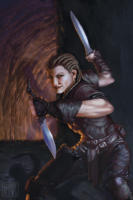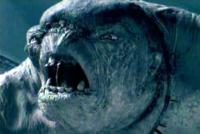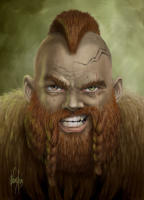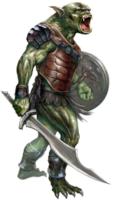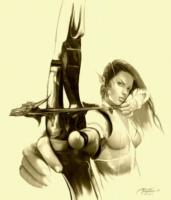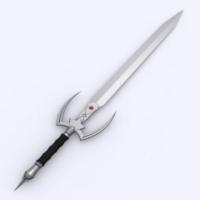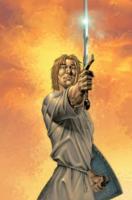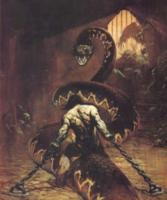
So, we’ve discussed the reskinning of the many races of 4th Edition D&D. We’ve talked about making monsters unique and monstrous, and we’ve talked about ways to alter the way Magic Items are used in the game. What’s left? The fun part. Actually writing a setting – thinking about what makes up “Classic Fantasy” as a genre, and extrapolating outward from there. Let’s start with [Read the article]

